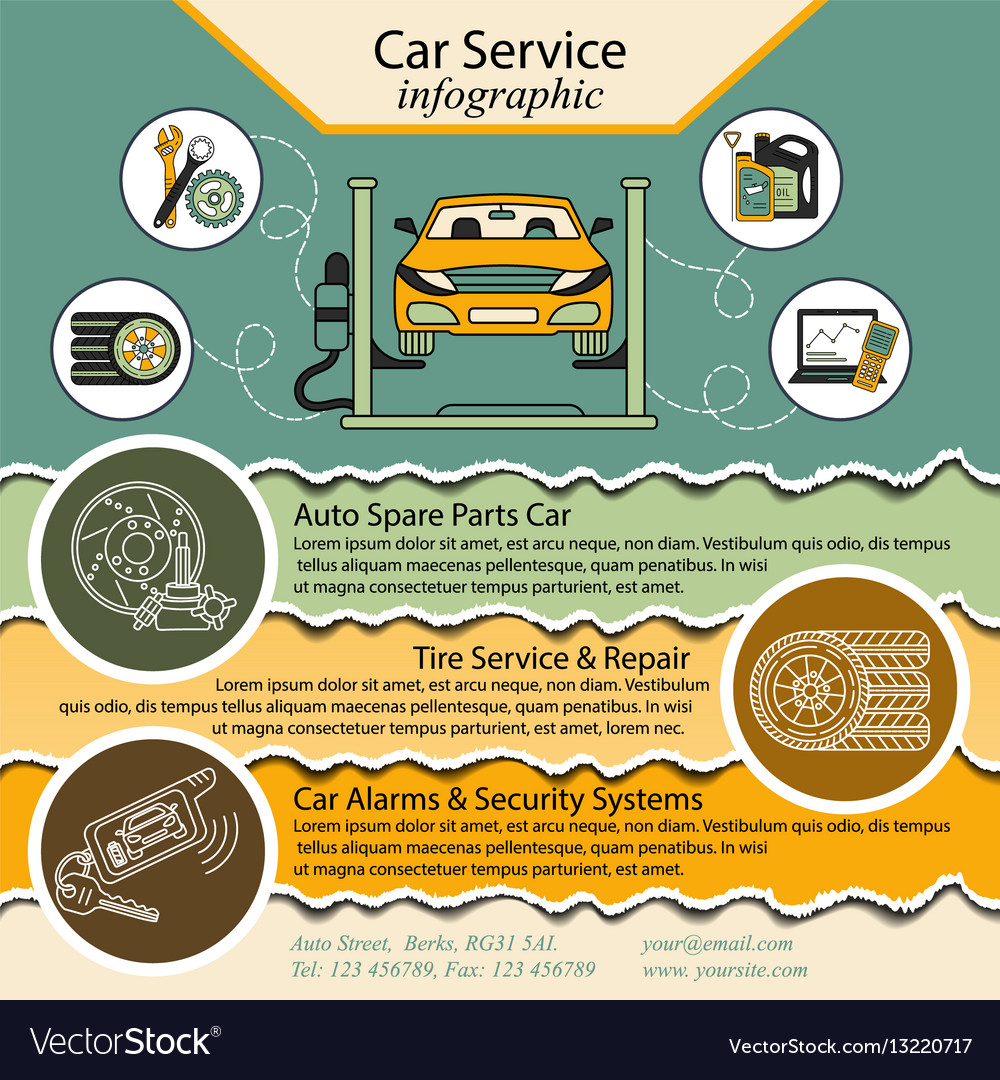Eager To Recognize What The Control Panel Warning Lights In Your Car Represent? Discover Their Meanings For The Health And Safety And Security Of Your Lorry
Eager To Recognize What The Control Panel Warning Lights In Your Car Represent? Discover Their Meanings For The Health And Safety And Security Of Your Lorry
Blog Article
Content Author-Sykes Kejser
When you're behind the wheel, those radiant caution lights on your dashboard can be a bit difficult. Do you recognize what they're attempting to tell you regarding your cars and truck's wellness? Recognizing the importance of these lights is important for your safety and security and the longevity of your lorry. So, the following time one of those lights turns up, wouldn't you wish to decipher its message accurately and take the needed steps to address it?
Common Warning Lighting and Interpretations
Determine common caution lights in your car and comprehend their significances to guarantee risk-free driving.
One of the most common warning lights consist of the check engine light, which signifies concerns with the engine or emissions system. If this light begins, it's important to have your automobile inspected without delay.
The oil pressure warning light indicates reduced oil pressure, calling for prompt attention to avoid engine damage.
you can try these out blinking battery light may recommend a defective billing system, potentially leaving you stranded if not resolved.
https://ecu-tune-near-me73839.ourcodeblog.com/31360059/necessary-gear-for-each-auto-repair-service-to-run-successfully (TPMS) light alerts you to reduced tire stress, impacting vehicle stability and gas effectiveness. Neglecting this can lead to harmful driving conditions.
The abdominal light shows an issue with the anti-lock braking system, endangering your capacity to quit rapidly in emergency situations.
Last but not least, the coolant temperature cautioning light warns of engine getting too hot, which can lead to serious damages if not solved quickly.
Understanding these usual caution lights will aid you resolve issues quickly and maintain safe driving problems.
Importance of Prompt Interest
Comprehending the usual caution lights in your automobile is only the initial step; the relevance of promptly resolving these warnings can not be stressed sufficient to guarantee your security on the road.
When a caution light brightens on your dashboard, it's your auto's way of interacting a prospective issue that requires attention. Neglecting these warnings can result in much more serious troubles in the future, jeopardizing your safety and possibly costing you a lot more out of commission.
Prompt focus to cautioning lights can prevent breakdowns and accidents. As an example, a flashing check engine light might suggest a misfire that, if left unattended, might trigger damage to the catalytic converter. Addressing this promptly can conserve you from a costly repair.
Similarly, a brake system cautioning light may signal reduced brake fluid or used brake pads, crucial parts for your security when driving.
Do It Yourself Troubleshooting Tips
If you notice a caution light on your control panel, there are a few do it yourself troubleshooting ideas you can try before seeking specialist aid.
https://whatisecutuning39516.smblogsites.com/31207036/arising-fads-in-car-repair-service-what-to-expect-in-the-years-ahead is to consult your car's guidebook to comprehend what the certain warning light suggests. Often the problem can be as simple as a loose gas cap activating the check engine light. Tightening the gas cap might deal with the problem.
An additional usual concern is a low battery, which can trigger different alerting lights. Examining the battery links for corrosion and ensuring they're safe and secure might fix the trouble.
If a caution light lingers, you can try resetting it by disconnecting the cars and truck's battery for a couple of minutes and afterwards reconnecting it. Additionally, checking your vehicle's fluid degrees, such as oil, coolant, and brake fluid, can assist repair alerting lights connected to these systems.
Conclusion
To conclude, understanding your automobile's caution lights is necessary for maintaining your car running smoothly and securely. By without delay resolving these signals and knowing what they indicate, you can avoid expensive repair work and possible malfunctions.
Bear in mind to consult your vehicle's manual for certain information on each cautioning light and do something about it as necessary to guarantee a trouble-free driving experience.
Remain informed, remain discover here -free when driving!
